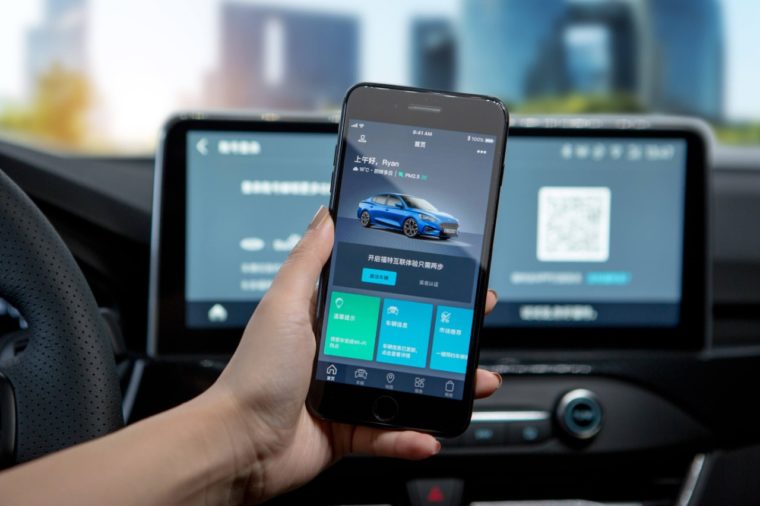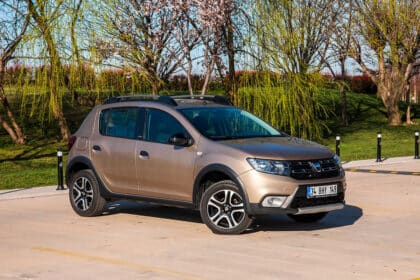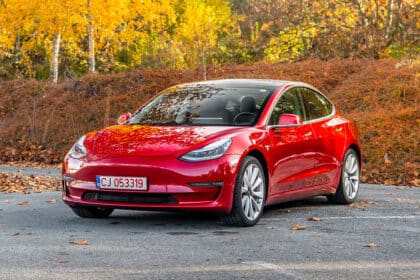 Photo: Ford Motor Company
Photo: Ford Motor Company
Ford has launched an all-new, China-specific SYNC infotainment system that leverages Baidu artificial intelligence for improved connectivity. Ford SYNC+ was announced in conjunction with the unveiling of Ford China 2.0, the automaker’s blueprint for the next several years as it seeks to revitalize its brand in the world’s biggest new auto market.
“SYNC+ is a clear demonstration of our ‘Best of Ford, Best of China’ mission,” said Ford China Vice President of Marketing, Sales, and Service Joseph Liu. “Chinese consumers want their vehicles to be more intelligent and connected. To support this, Ford is working closely with Baidu to create the most trusted connectivity experience in China, leveraging Ford’s hundred years of experience in designing, developing and manufacturing quality vehicles, as well as Baidu’s industry-leading AI technology.”
Here at Last: 2019 Ford Ranger hits the market after years of anticipation

Ford announced several key functions for its SYNC+ infotainment system, including a seamless mobility experience that will allow an easier exchange of information between the in-vehicle system and FordPass. SYNC+ will also feature an Intelligent Voice Assistant powered by Baidu’s AI technology, iQIYI online video functionality powered by DuerOS for Apollo, and the ability to pay for services through Baidu Wallet and Alipay.
The system leverages an industry-best NXP i.MX 8 multi-core vehicle processor for a faster and more intuitive experience, and Ford and Baidu plan to continually optimize SYNC+ via over-the-air updates in accordance with user feedback. Ford also notes that a third-party security team will test SYNC+ to ensure the security and encryption of all user data.
Ford will reveal more information on the SYNC+ infotainment system at the upcoming 2019 Shanghai Auto Show.
New from Ford: Ford F-600 joins commercial truck lineup in 2020

The News Wheel is a digital auto magazine providing readers with a fresh perspective on the latest car news. We’re located in the heart of America (Dayton, Ohio) and our goal is to deliver an entertaining and informative perspective on what’s trending in the automotive world. See more articles from The News Wheel.









